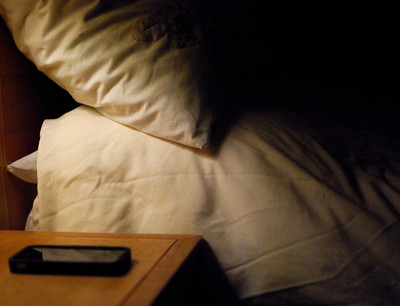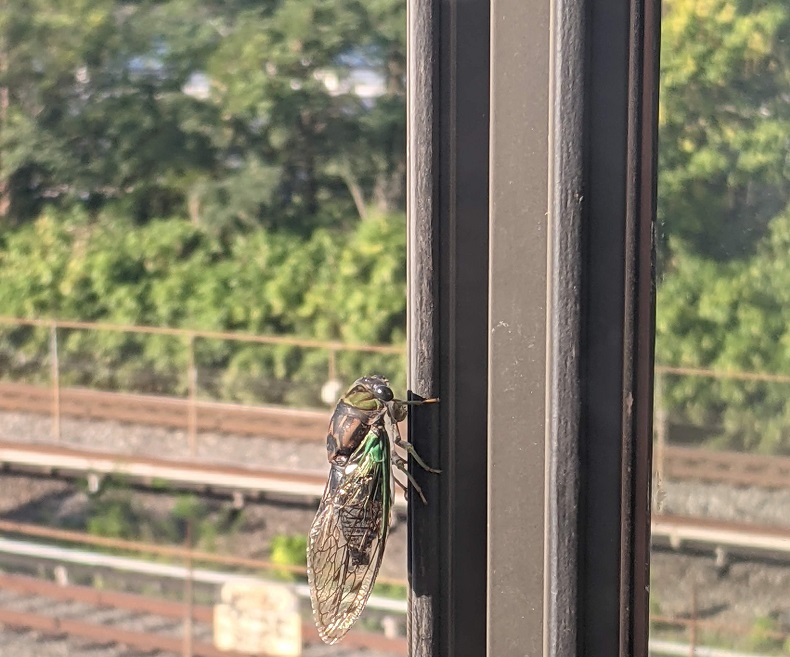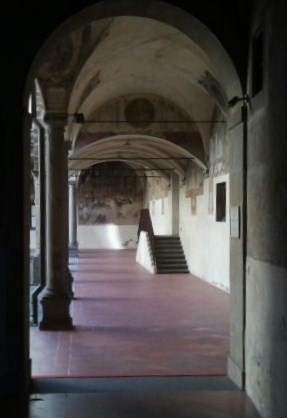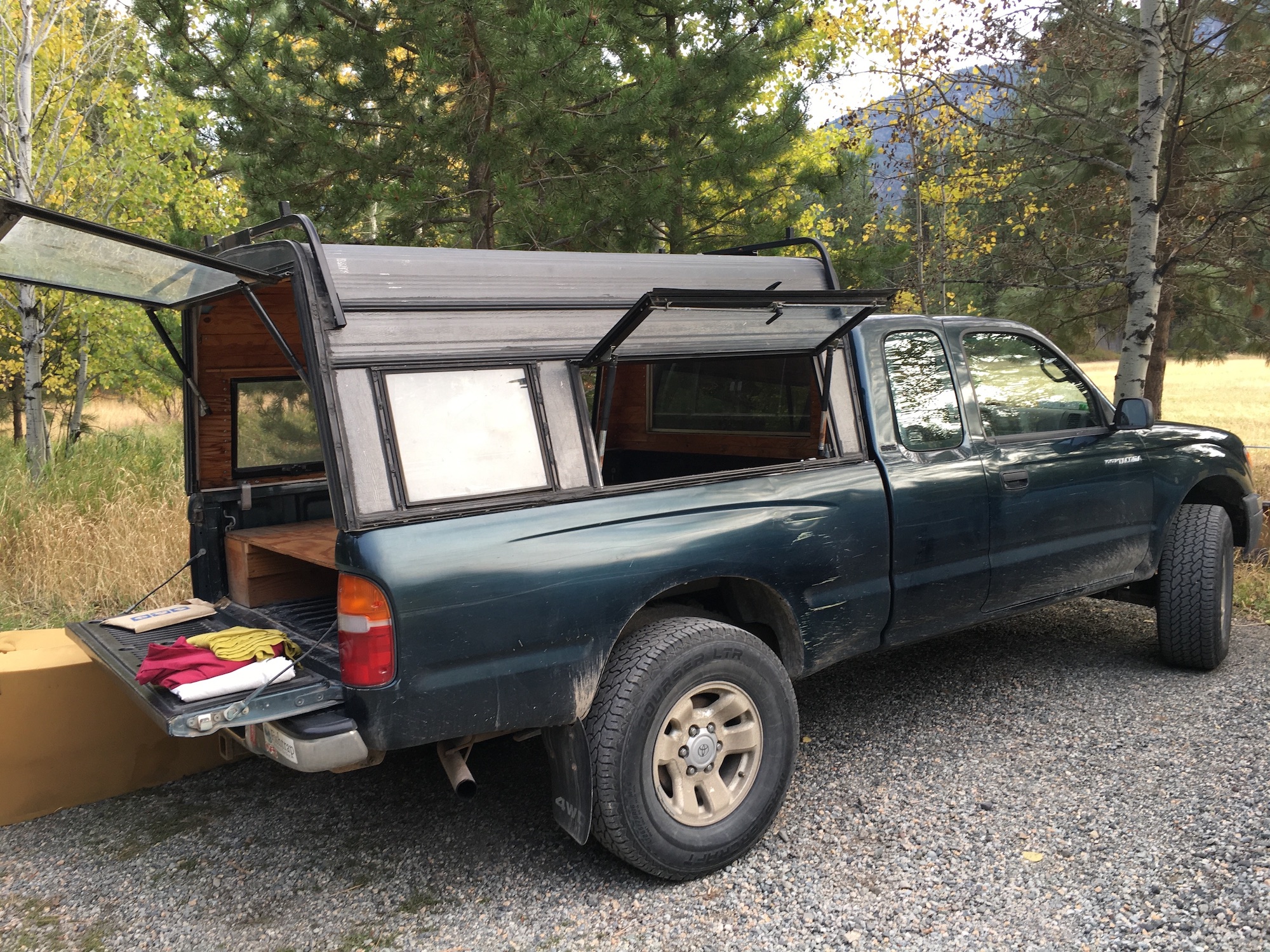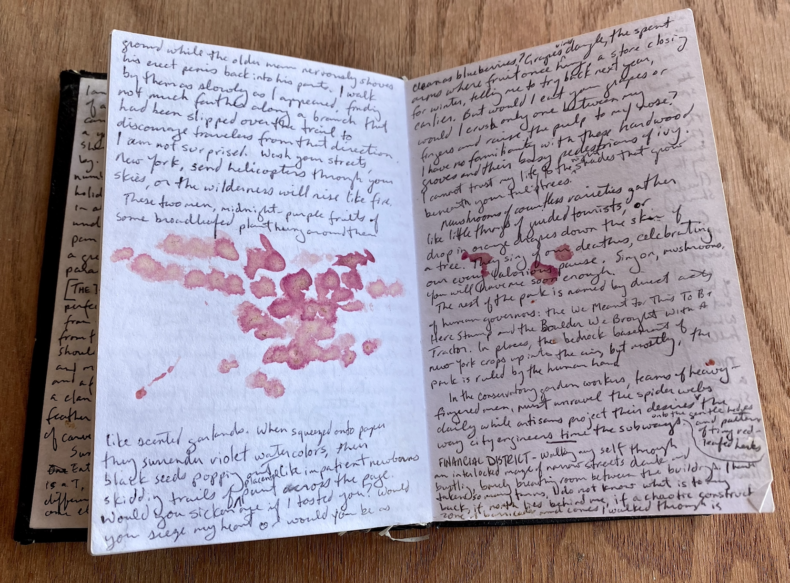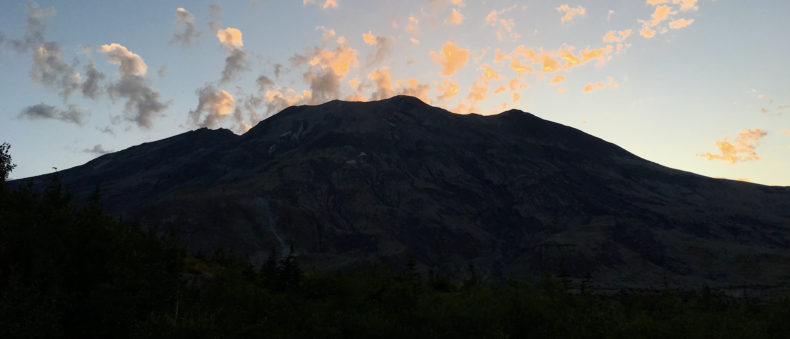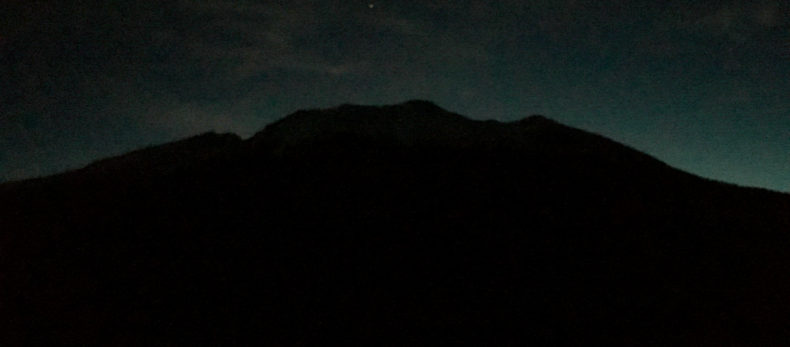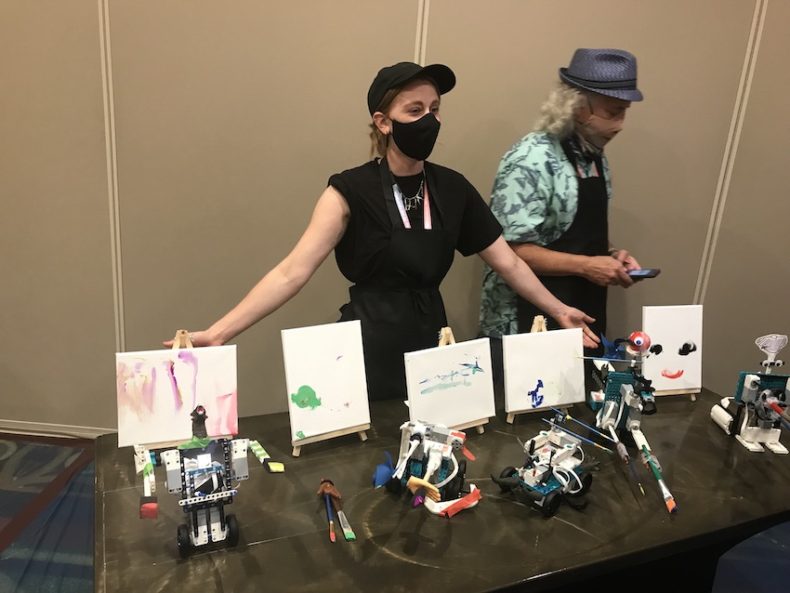Back when plants were just background noise to me, I assumed bonsai were just like that — tiny trees by nature, just a miniature version of the world’s bigger trees. There are miniature horses and pygmy goats, so why not little trees? Eventually, I learned I was totally wrong, as I am about many things, and that the process of cultivating bonsai is high art, achievable only through careful maintenance and patience. What looked effortless to me, a clueless onlooker, was often the result of decades of vigilance and care.
In the spring, a friend suggested we visit the Pacific Bonsai Museum. I’d grown closer to these friends over the previous couple of months; after the murder of six Asian women in Atlanta, we found comfort in one another through hard conversations about what it means to be Asian in America, and how to find peace when it felt like there was so little around us. I expected our bonsai field trip to be breezy distraction from all that, an outing where Asian identity was peripheral to natural beauty. But again, I was wrong. The museum offered the history of each bonsai, often with biographies of the people who cultivated them. Here in the U.S., the stories of bonsai are inextricably linked with Japanese American history, and, in particular, this country’s incarceration of Japanese Americans during World War II.
Alongside each beautiful tree were heart-wrenching details about the Japanese Americans who kept the tradition of bonsai alive in this country. As Japanese families were forced into internment camps, bonsai practitioners had to sell their nursery stock and leave their livelihoods — and their life’s work — behind. While incarcerated, bonsai practitioners still managed to keep their art going, creating new bonsai and caring for them, while teaching others the art. One practitioner, Juzaburo Furuzawa, cultivated a Japanese Black Pine from a seed he planted in a can while imprisoned in Utah; it’s on display now. You may have heard of it when it and another bonsai were stolen in February 2020 and then mysteriously returned just days later.
Bonsai became a practice of cultivating hope, a preservation of tradition, a symbol of perseverance. The act of caring for these decades-old — or in some cases, centuries-old — trees is a way to honor the struggle of practitioners, a reminder that we cannot forget the injustice of Japanese incarceration. The last image displayed in the exhibit is a large sign near the exit, which reads: “What kind of ancestors do we want to be?”
In a culture that rewards speed and growth, bonsai and their history remind me that there’s also value in slowness and maintenance, the thousands of tiny steps needed to care for the good things we have. I was recently gifted a juniper bonsai, and its care instructions were strangely poignant: “Without pruning back the branches, the tree would grow too large to be supported by the confined root structure.” As our world is reshaped by the pandemic, how do we thoughtfully prune? What do we want our root structure to support?
(If you live anywhere close to Puget Sound or find yourself in the area before November, I highly recommend visiting the museum and seeing the exhibit for yourself, or getting a group of friends together for a virtual tour through Zoom.)
